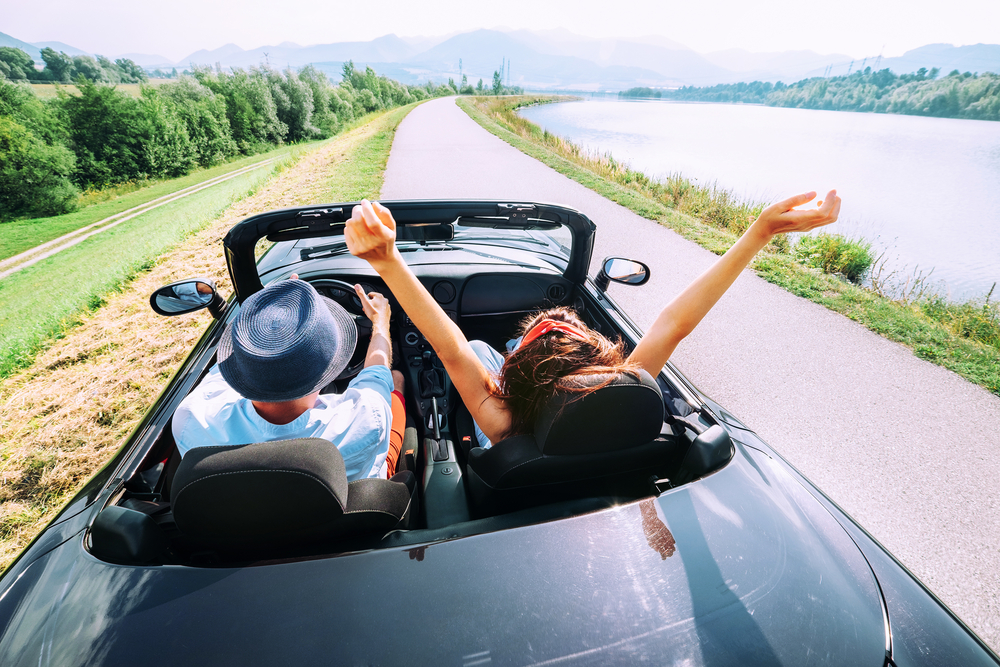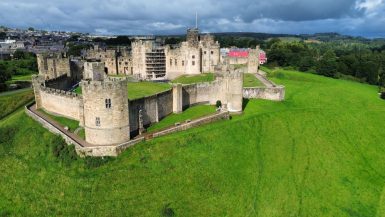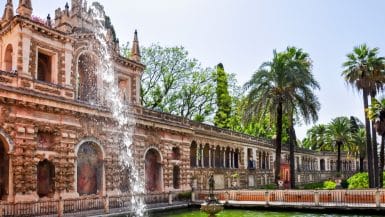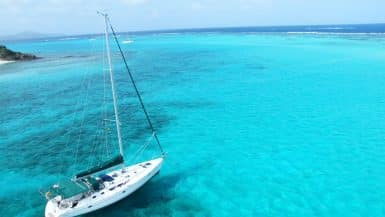Every year, when it’s time for a holiday, the same questions are asked: Where do you want to go? How do I get there? Many then book a trip with fixed times for departure, arrival, pick-up and so on. In the end, the vacation will be a trip planned in advance down to the smallest detail, with some stress and obligations. Actually, many people just want to go to the sea, but all the planning takes the fun away from them. One way to keep the freedom to travel is to rent a car. With a car, you can make much more spontaneous decisions on the spot. Anything is possible. We present our road trip to the sea.
The sea
As soon as possible to the sea – that is our motto. From anywhere in Germany you can get to the North Sea relatively quickly. In Lower Saxony , there is enough water from Cuxhaven to Emden to go swimming for the first time. The sea is still too cold for us here. We have enough time to travel not only to the German North Sea coast. Accordingly, we drive west and cross the first border.
Netherlands
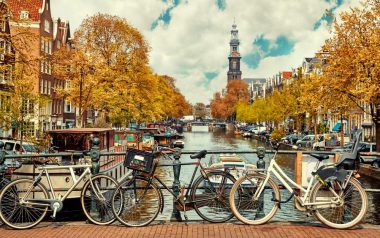
In the region around Groningen we overtake the first caravans with Dutch license plates on the motorway. We look for the roads that keep us as close to the sea as possible. The path leads us along the North Frisian Islands to Amsterdam. We’re going on a city trip. Amsterdam, The Hague and Rotterdam impress with lots of water, culture and breathtaking port facilities.
English Channel
We follow the road south. After a short stopover in Bruges, we leave Belgium and reach France. At Dunkirk and Calais, the sky clears up. We think we can see the British mainland on the other side of the English Channel. We consider returning the car and taking the ferry. That is definitely possible. According to Goautos.ch , with most car rental companies, the pick-up location does not have to be the drop-off location. This gives travelers the freedom they want. Instead of crossing over to England, we decide to drive further south.
Brittany
In Brittany, we get lost in the streets through the steep cliffs. One lonely beach after the next appears in front of us. We left the North Sea and finally arrived at the Atlantic. In La Torche we rent surfboards. The waves here are good for beginners. After three days we have learned the basics and a first tan on our face and hands.
Bordeaux
In Bordeaux we spend a few days in civilization again. After the nights in the car, we take a room in the hotel. We explore the medieval streets. Soon it drifts back to the water. We cross the National Park de Gascone and reach Hossegor and Biaritz. The Surf World Cup takes place here once a year. We test our skills at La Torche and have to realize that we still have a lot to learn.
Bilbao
Finally we reach Spain. Contrary to expectations, it is only raining here. In constant rainfall we reach San Sebastian and a few hours later in Bilbao it is still raining. We decide to seek shelter and visit the Museum of Basque History. Similar to Catalonia, the Basque Country has wanted to be independent of the Spanish motherland for centuries. The museum takes us through the grueling history of the region. Afterwards we feel like something simple. We decide to watch a football match of the local club Athletic Bilbao. The special thing about this team is that it has always only included players in its ranks who have learned to play football in the Basque Country.
Lisbon
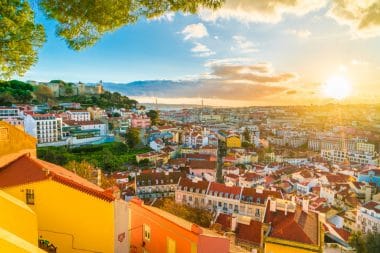
To escape the rain, we follow the coast to the west. Only when we reach Galicia does the sky clear up again. In Santiago de Compostela we find out about the world-famous hiking trail. Again we could leave our rental car and continue on foot. But we have gotten used to our car and continue to Portugal. In Lisbon we take another break. Here, temperatures do not fall below 17 degrees all year round. We move again and spend a few days exploring the city’s seven hills. Then we get back in the car and become thoughtful. In the past, a trip of this kind took months and perhaps years. At that time, carriages and horses were used to follow simple paths. We feel connected to the simple travelers and continue to the end of the continent.
Sagres
In Sagres we come across the southwestern tip of the European mainland. Go West – you can’t go any further west. One last time we borrow surfboards. The Algarve is Europe’s surfing stronghold. On our way west, we passed Nazaré. This is where the biggest waves in the world break in winter. We are not ready for that yet. Accordingly, we spend days in the Algarve looking for lonely beaches with light waves.
The way back part 1

At some point we think about home again. You can’t go further south without crossing over to Africa. It is time to turn back. We don’t want to go back the same way we came. So we drive east for the first time on our journey. Our way back takes us back to Spain near Cádiz . After a long time on the water, we now decide on a different landscape. From Seville to Barcelona we drive for ten hours through the Spanish continent. As varied as the coasts are, the interior is similar. Desert, ghost towns and a church on the road is all we encounter. Otherwise, there is only the road. Time to reflect on our journey. With the red sunset over the flat landscape, we feel more mobile and flexible in the rental car than we have for a long time.
Return Part 2
During the night we pass Barcelona. We are back at the water. The Mediterranean Sea shines in the evening light. In the Pyrenees near Andorra, it gets very cold in the car. We warm up and for breakfast we are in a suburb of Paris. Here we make a stop and have breakfast croissant, coffee and baguette. We are back the same evening. The rental car is taken over by the car rental company with a full tank of fuel and without any problems. The way back drained us. We have a long journey behind us. The only question that remains: Which road will we follow next time?

